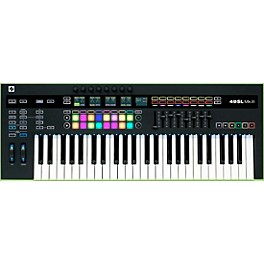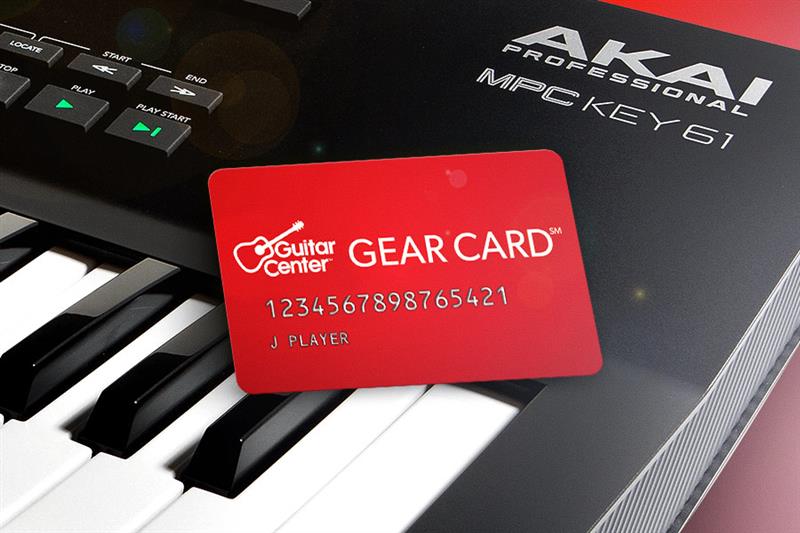Refine Your Search

 Find in stores
Find in stores
Availability
No matching Availability.
Category
No matching Category.
Savings & specials
No matching Savings & Specials.
Price
Financing
No matching Financing.
Brand
Search Brand
No matching Brand.
Condition
Customer rating
No matching Customer Rating.
Premium gear
No matching Premium Gear.



